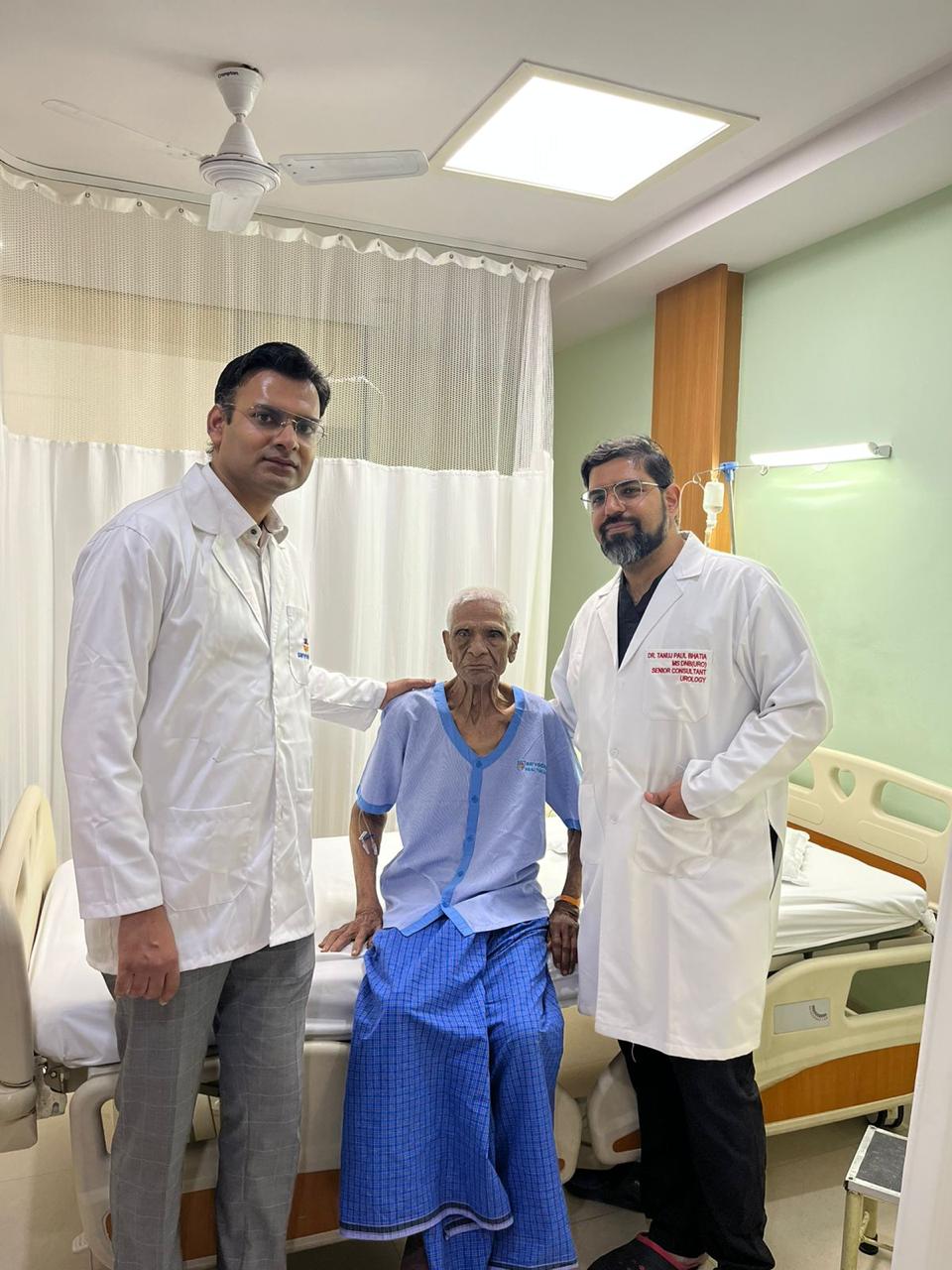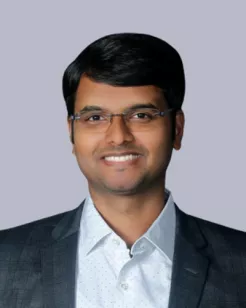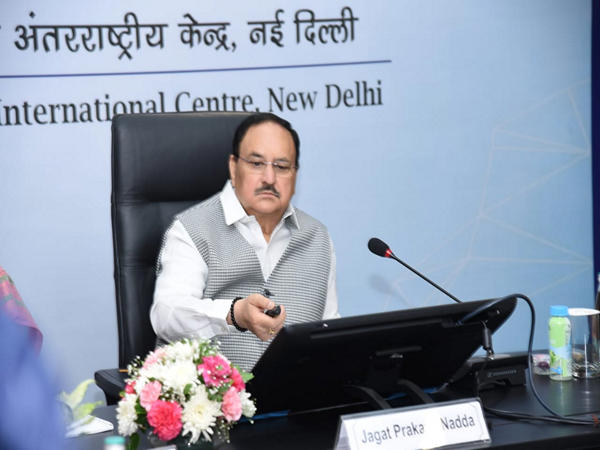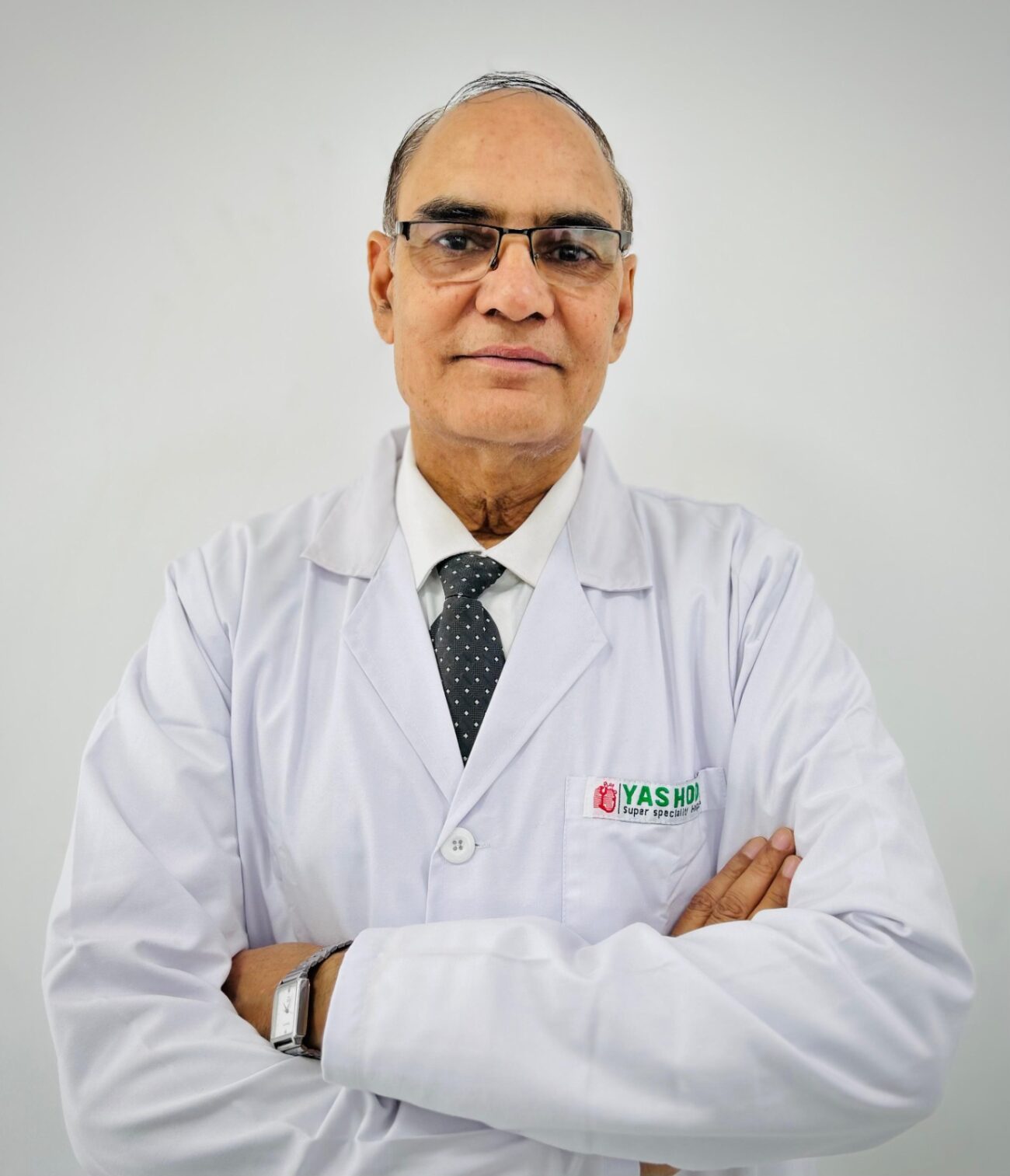106-year-old patient undergoes prostate surgery at Sarvodaya Hospital, Faridabad
A 106-year-old man from Gorakhpur suffering from an enlarged prostate gland underwent surgery at Sarvodaya Hospital, Sector 8, Faridabad, becoming one of the oldest persons in the country to be successfully operated upon. The centenarian patient,

A 106-year-old man from Gorakhpur suffering from an enlarged prostate gland underwent surgery at Sarvodaya Hospital, Sector 8, Faridabad, becoming one of the oldest persons in the country to be successfully operated upon.
The centenarian patient, KL Gupta, could not pass urine naturally for the last four months, and had to use a urinary pipe (catheter) to empty his bladder. He was not responding to medical treatment. The patient was brought to Sarvodaya Hospital in Faridabad, where the doctors diagnosed the condition as benign prostatic hyperplasia (BPH), an age-related prostate enlargement that can cause difficulty in passing urine by blocking its flow out of the bladder. If not operated upon, the patient would have been forced to live with a catheter for the rest of his life or developed kidney failure.
Benign prostatic hyperplasia is a common condition in elderly men as part of the ageing process, ranging from an incidence of 50% at 50 years of age to more than 90% at 90 years of age. Most people respond well to medications, but about 30% patients require surgery when not responding to medical therapy.
Said Dr. Tanuj Paul Bhatia, HOD & Senior Consultant – Urology, Sarovdaya Hospital, Sector-8, Faridabad: “The surgery of the patient involved removal of the enlarged prostate using laser via the normal urinary tract, without any cuts or scars. This operation is noteworthy because it takes very good set of skills to operate on a large prostate in the high-risk age group of 100 years and above. To take on the challenge of operating on such an elderly patient, one needs an excellent anesthetist as well as state-of-the-art critical care and cardiac backup. Also, positioning the patient for surgery is difficult in this age group, and doctors need to be very careful. Luckily, other than the patient’s advanced age and the large prostate, we did not encounter any major challenge in conducting the 1.5 hour-long surgery. The patient has recovered well. He is catheter-free and able to urinate naturally, with excellent flow. He can now go on to lead a normal life.”
Dr. Tanuj Paul Bhatia added: “The surgery was conducted using a procedure called HoLEP, short for ‘Holmium Laser Enucleation of the Prostate.’ The procedure uses a laser to remove tissue that is blocking urine flow through the prostate. Another instrument is then used to cut the prostate tissue into smaller fragments that are easily removable. The main advantages of HoLEP are that there is minimal bleeding during the procedure and the recovery is very fast hence the patient returns to normal life within a few days. We accepted this challenge of operating on a 106-year patient only due to our expertise in laser prostatectomy and availability of high-power Holmium laser.”
Benign Prostatic Hyperplasia is a benign, non-cancerous enlargement of the prostate gland which pushes against the urinary tubes and the bladder, blocking the urine flow. The condition is common in men above 50 years and is normal part of ageing. While mild to moderate cases can be treated with medication, severe cases require surgery.






